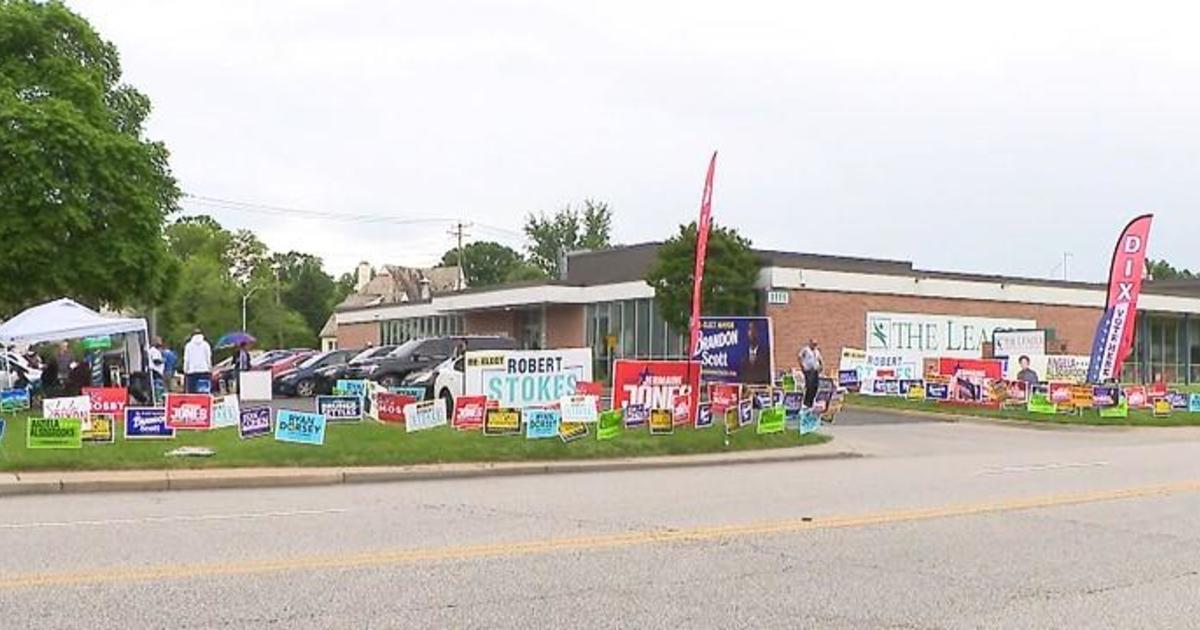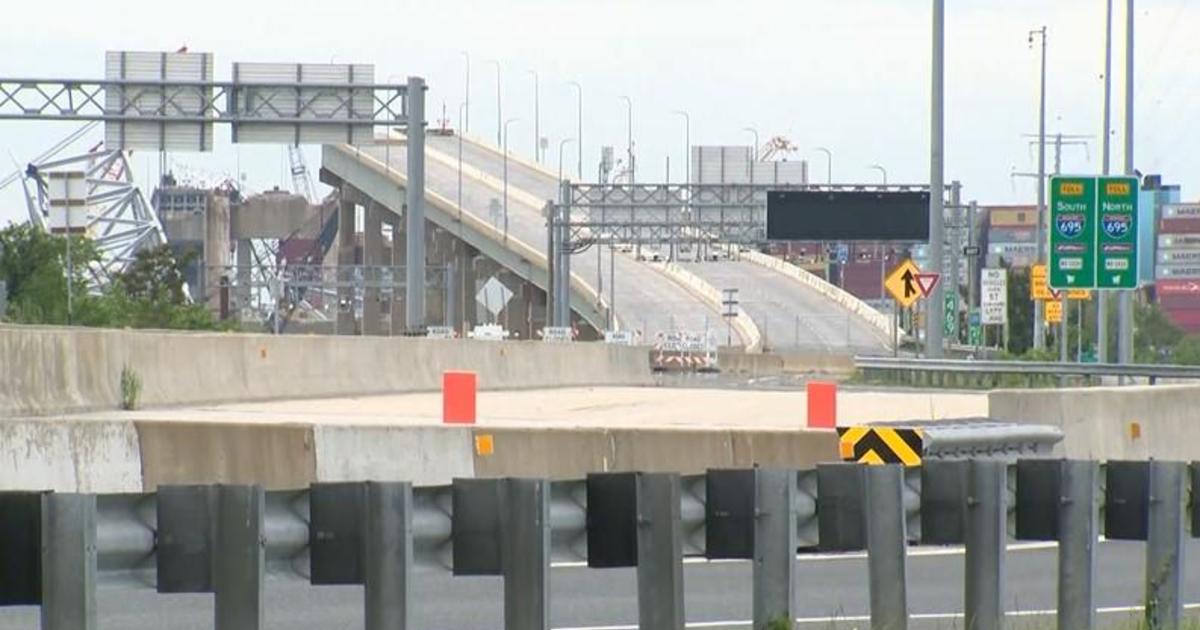$11 Million to Make the MTA Experience More Reliable
BALTIMORE (WJZ)-- The mission of the Maryland Transit Administration is to make transportation more reliable as it pours millions of dollars into improvements.
MTA riders often complain of the gridlock of buses at traffic lights, which cause delays for arriving buses and riders to their destination, but with the help of technology, riders should be able to notice a change.
Hundreds of people rely on public transportation to get around from day to day, whether it's going to work or running a few errands, but for many MTA riders will tell you, it's not always reliable.
"The number three was late and I didn't get to where I was going until after 8:30 and usually get there before 8:30," said MTA rider Rosie LeGrand.
The MTA is spending $11 million on sensors to combat the problem of late buses.
Passengers will likely never see them, because they'll connected on the top of 250 buses, to communicate to sensors installed on selected traffic lights.
"It can either shorten a red light, or lengthen a green light to help that bus through the intersection faster, so it's not sitting there hung up, one minute, two minutes at a red light just waiting for it to change," said Kevin Quinn, director of planning for the MTA.
The job is the sensor, keep buses moving; improve the on time arrival, but some riders are still skeptical that it will work.
"It will probably help with the gridlock as far as the buses go, but as far as getting to a destination on time, it probably won't make a difference." said MTA rider Darnell Williams.
"There's a lot that's being put into this that's going to make this system work, and it's going to make it more reliable to our riders and our operators," Quinn said. "Our schedule is a contract with our riders and we want to be sure we can uphold that contract with our riders and adhere to that schedule every single day."
"It's hope. I'm not saying its going to help, but I hope it do," Williams said.
The 11-million-dollar sensors are already installed on the buses, sensors on lights at intersections will begin this week. The entire project is scheduled to be complete by June 18.
Similar sensors are being used with the light rail on Howard Street in downtown Baltimore. During a pilot program, public transit riders saw a 25 percent reduction in travel time in Los Angeles.



